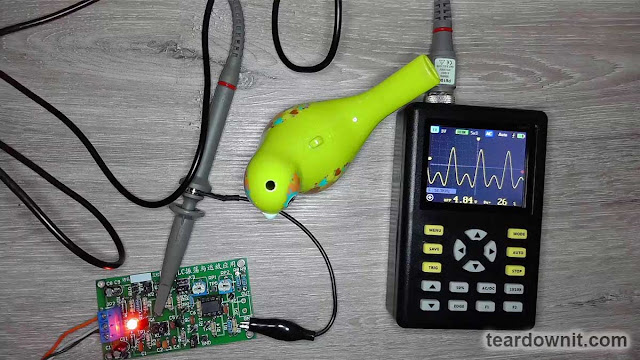PCB Assembly Desktop Factory project. History and creation reasons.

History and creation reasons Pic from: https://xc3sprog.sourceforge.net/guide.php The project was created by accident at the moment of urgent need for a mobile standalone device for ISP programming and testing a lot of printed circuit boards with controllers and FPGAs. The task was quickly solved on a Raspberry by assembling a small IDC-10 socket adapter with a button and LEDs on a breadboard and installing OpenOCD and xc3sprog packages. It became a solution, after which any thoughts about buying or upgrading another programmer just disappeared. In fact, if you have been working with programmable devices for a long time, you can surely find a whole museum of such devices for flashing (I have a whole drawer of them on my nightstand) - ByteBlaster, Segger, (maybe even several), ST-Link, etc., but there are many of them! These devices are built for LPT, COM, USB... lots of different ones, but here's the trouble - many are already old, unsupported, and incompatible. We'll have ma...

